The animal kingdom is replete with stunning creatures whose vivid palettes disguise their lethal potential. These brightly colored animals captivate the eye and imagination, yet their allure belies a more hazardous reality. Venturing close to such creatures requires a calculated respect for their brilliance and the peril it conceals.
1. Blue-Ringed Octopus
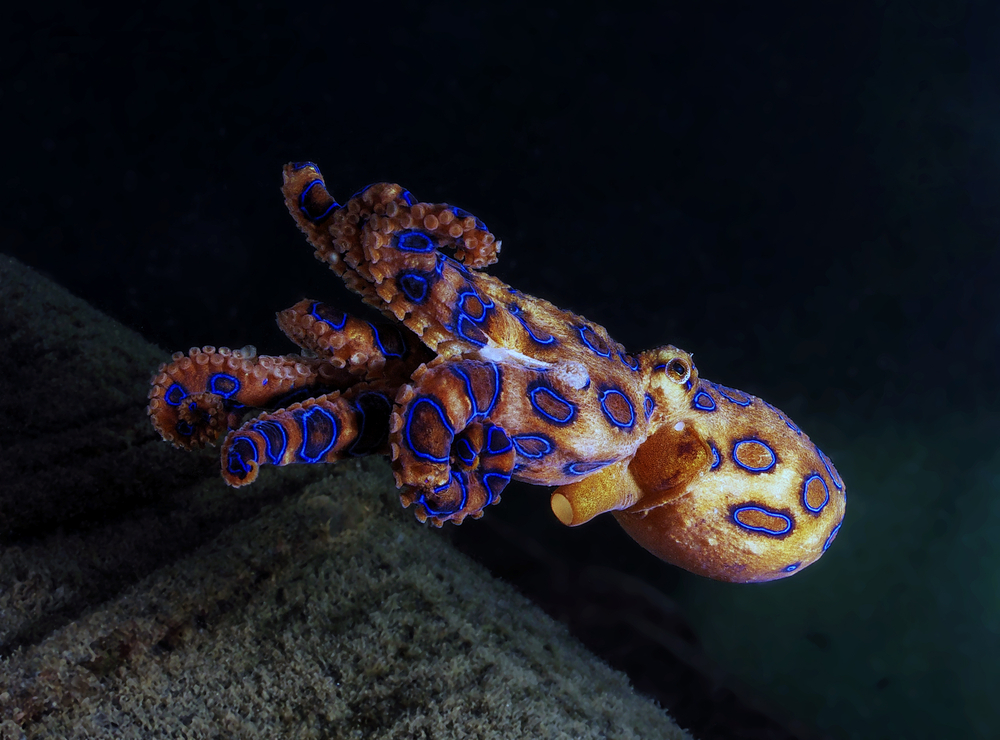
The blue-ringed octopus is a small but formidable resident of the Pacific Ocean’s tide pools and coral reefs. Its iridescent blue rings serve as a stark warning of its venomous nature. When threatened, these rings flash with an almost hypnotic intensity, signaling that it’s best to maintain a safe distance. Despite its diminutive size, the venom of a single blue-ringed octopus holds enough toxicity to kill 26 adult humans within minutes.
A study published in the Journal of Venomous Animals and Toxins highlights the octopus’s unique tetrodotoxin, a potent neurotoxin that causes paralysis and, without timely medical intervention, can be fatal. This potent defense mechanism not only deters predators but also underscores the importance of understanding the ecological role of this vivid cephalopod. Scientists continue to explore potential medical applications of this toxin, reflecting the complex interplay between nature’s dangers and its curative possibilities. The blue-ringed octopus, therefore, embodies the dual nature of beauty and danger in the wild.
2. Poison Dart Frog
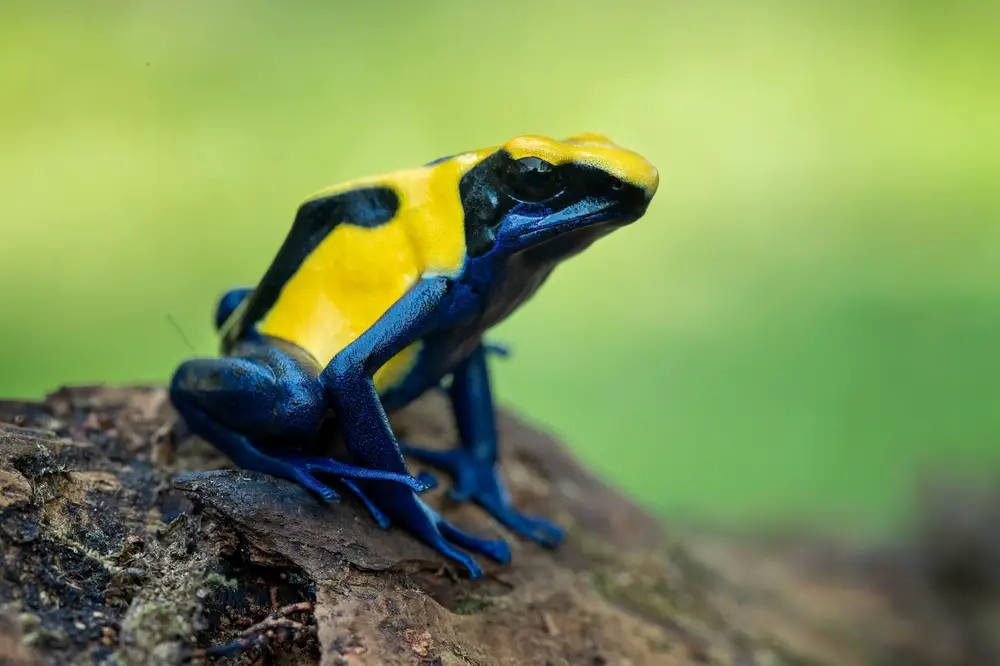
These tiny, radiant amphibians are a living kaleidoscope, ranging in hues from vivid blues to brilliant yellows and fiery reds. Native to Central and South American rainforests, poison dart frogs have long captivated researchers and nature enthusiasts alike. Yet, their vibrant skin harbors batrachotoxin, a potent alkaloid capable of halting a predator’s heart. Indigenous tribes have historically used this toxin to coat blow darts for hunting, lending the frogs their evocative name.
Their toxicity is derived from their diet, primarily ants and termites, which supply the chemical precursors necessary for batrachotoxin production. In captivity, poison dart frogs lose their toxicity, highlighting the intricate connection between diet and defense in the natural world. This transformation underscores the importance of habitat preservation to maintain the delicate ecological balance. The poison dart frog’s flamboyant appearance is not just a feast for the eyes but a sobering reminder of the perils hidden beneath nature’s veneer.
3. Pufferfish
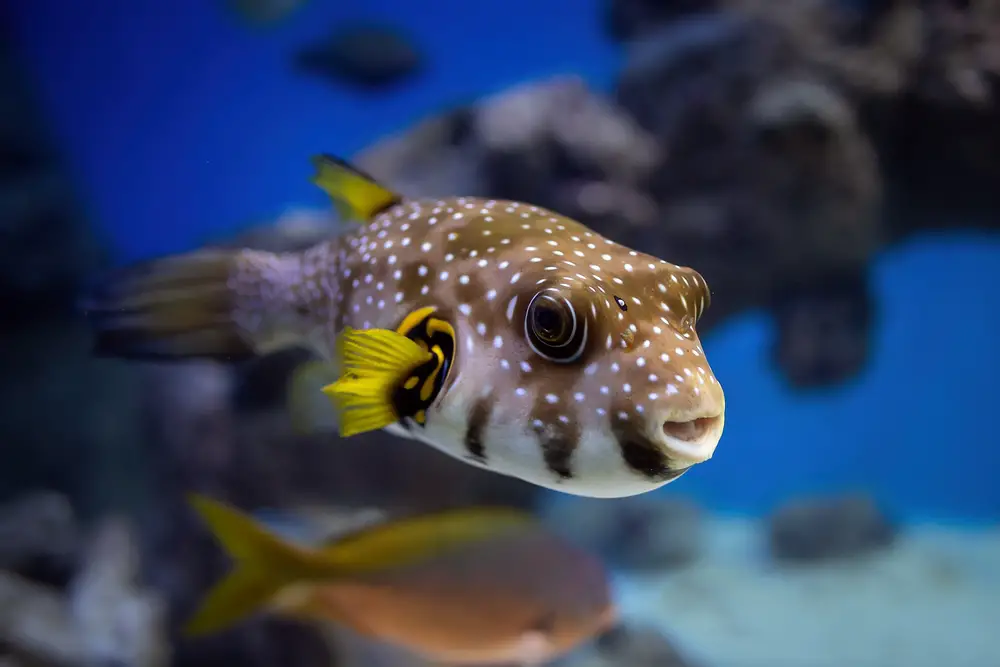
Adorably rotund and often exhibiting a range of colors and patterns, the pufferfish is as captivating as it is deadly. Found in warm coastal waters, these fish have a unique defense mechanism: inflating their bodies to several times their normal size. Yet, the real threat lies not in their spiky exterior but in their flesh, which contains tetrodotoxin—a poison more lethal than cyanide. Despite this, pufferfish are considered a delicacy in Japan, known as fugu, prepared by only the most skilled chefs to avoid poisoning.
A report from the National Institute of Health warns of the dangers associated with consuming improperly prepared pufferfish. The tetrodotoxin, which has no known antidote, can cause paralysis and potentially fatal respiratory failure. This culinary risk further exemplifies the delicate balance between thrill and peril in human interaction with wildlife. The pufferfish remains a symbol of nature’s curious blend of beauty and danger, where risk comes with a taste for the exotic.
4. Box Jellyfish
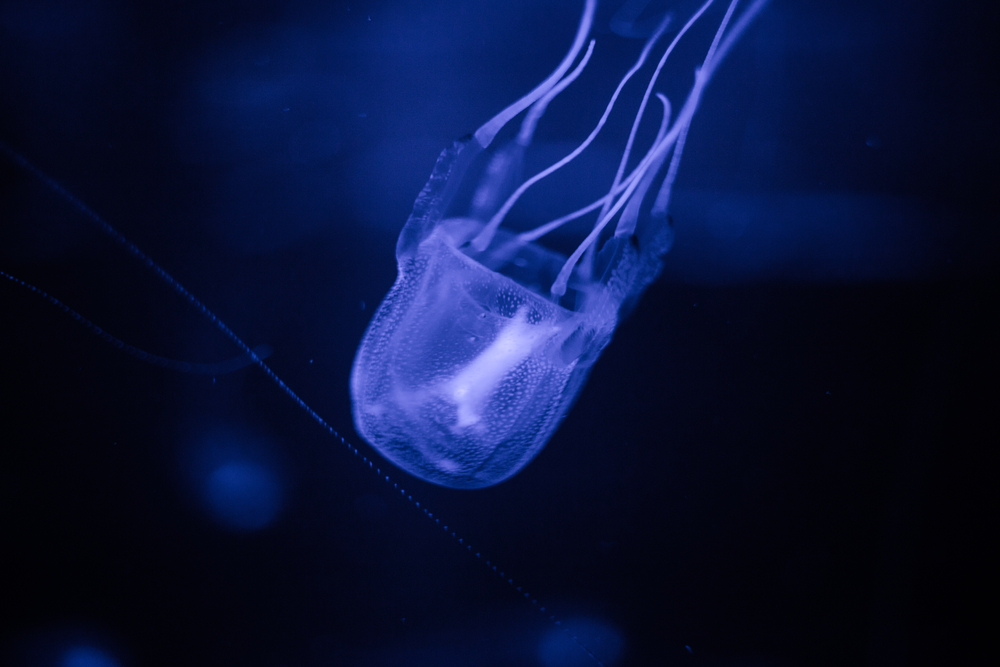
Floating through the waters of the Indo-Pacific, box jellyfish are ethereal creatures with long, trailing tentacles that can deliver a deadly sting. Their bell-shaped, translucent bodies cloak them in near invisibility, adding an element of surprise to their arsenal. The venom of a box jellyfish is among the most potent toxins in the marine world, capable of causing cardiac arrest in a matter of minutes. This makes encounters with them treacherous for unsuspecting swimmers.
Box jellyfish have developed this formidable defense system as an evolutionary advantage, deterring predators and securing prey with remarkable efficiency. Despite their lethal nature, these jellyfish play a crucial role in marine ecosystems, maintaining the balance of species populations. Scientists are fascinated by the jellyfish’s ability to regenerate, which might hold keys to medical breakthroughs. Thus, the box jellyfish encapsulates the awe-inspiring yet daunting complexity of the ocean’s depths.
5. Stonefish
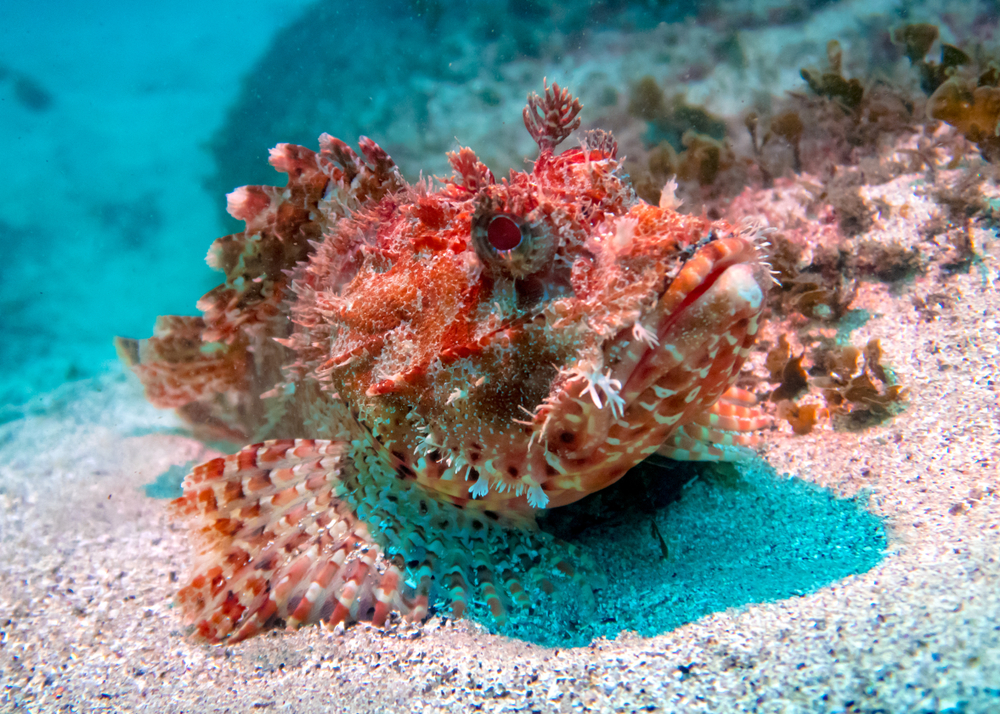
Camouflaged as unremarkable rocks along the ocean floor, stonefish possess one of the most dangerous venoms known to humanity. Their mottled, rock-like appearance allows them to blend seamlessly with their surroundings, lying in wait for unsuspecting prey. When stepped on or threatened, the stonefish delivers a venomous sting that causes severe pain and, if untreated, can be fatal. This master of disguise is a testament to nature’s ingenuity in combining stealth and lethality.
According to research published in the Marine Drugs journal, stonefish venom contains a mixture of neurotoxins, cytotoxins, and myotoxins. These compounds have piqued scientific interest for their potential therapeutic applications in treating pain and other conditions. However, their potency also highlights the need for caution and respect when exploring marine habitats. The stonefish serves as a stark reminder that the ocean’s beauty often harbors hidden dangers, requiring a careful balance of admiration and respect.
6. Cone Snail
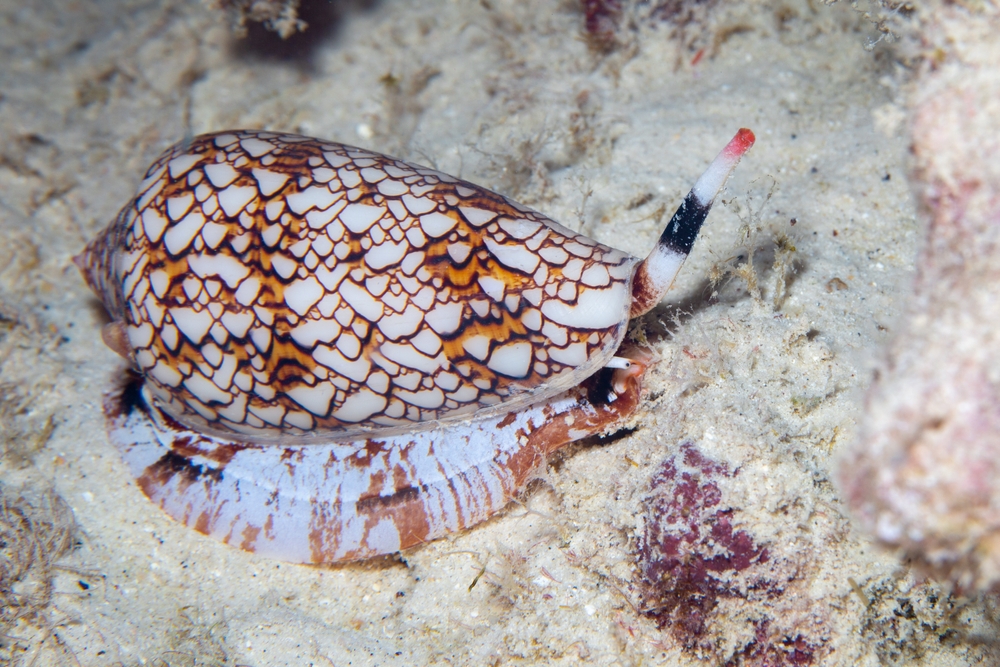
Don’t let its beautiful, intricately patterned shell deceive you; the cone snail is a predatory marine mollusk armed with a harpoon-like tooth. Found in tropical and subtropical seas, these snails use a highly specialized venom to paralyze their prey instantly. Although they move slowly, their venom can be lethal to humans, causing paralysis, respiratory failure, and even death. The cone snail’s ability to incapacitate its victims with such efficiency is a testament to its evolutionary prowess.
In recent years, cone snail venom has garnered attention for its potential in pain management and neuropharmacology. Scientists are investigating the unique compounds found in their venom, which may hold the key to developing new, non-addictive painkillers. This dual nature of threat and promise makes the cone snail a focal point of both fear and fascination. As we delve deeper into the mysteries of its venom, we are reminded of the complex interplay between danger and discovery inherent in nature.
7. Brazilian Wandering Spider
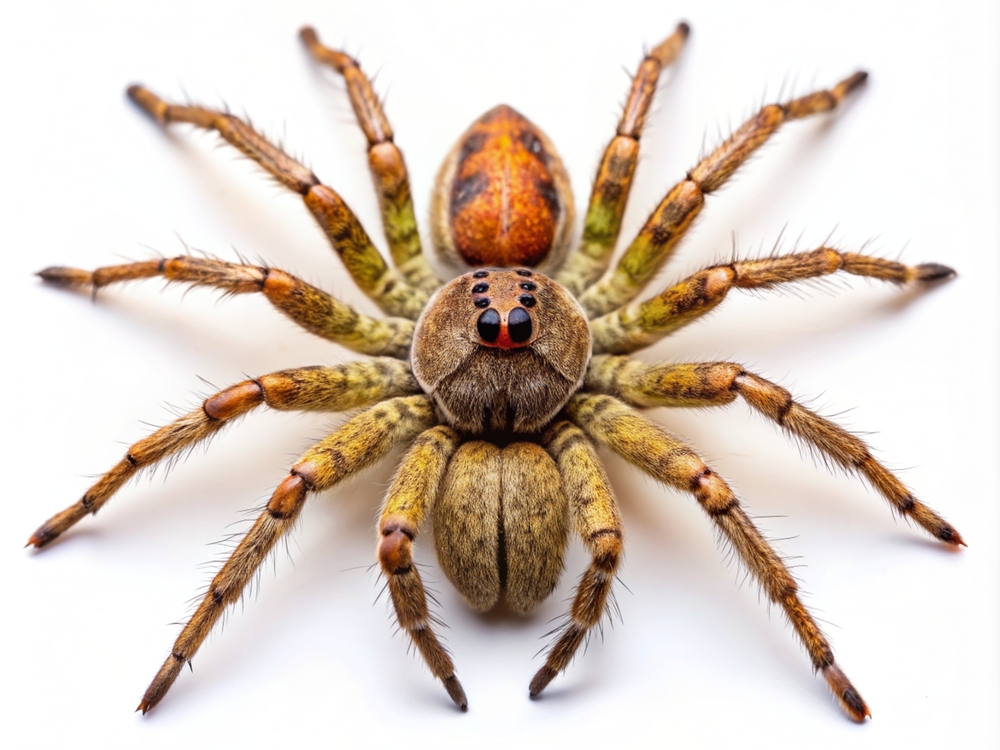
Lurking in the forests of South America, the Brazilian wandering spider is infamous for its aggressive demeanor and potent venom. Unlike many spiders that tend to hide or retreat, this arachnid is known to stand its ground and even attack when threatened. Its venom contains a powerful neurotoxin that can cause intense pain and potentially fatal systemic effects. Despite its fearsome reputation, the Brazilian wandering spider plays a vital role in controlling insect populations.
Research published in the journal Toxicon highlights the potential medical applications of the spider’s venom, particularly in the development of treatments for erectile dysfunction. This unexpected link between danger and remedy illustrates the spider’s complex ecological and pharmacological significance. While caution is certainly warranted in their presence, these spiders represent a fascinating intersection of risk and scientific opportunity. The Brazilian wandering spider challenges us to look beyond its fearsome facade, revealing nature’s nuanced tapestry of life.
8. Cape Buffalo
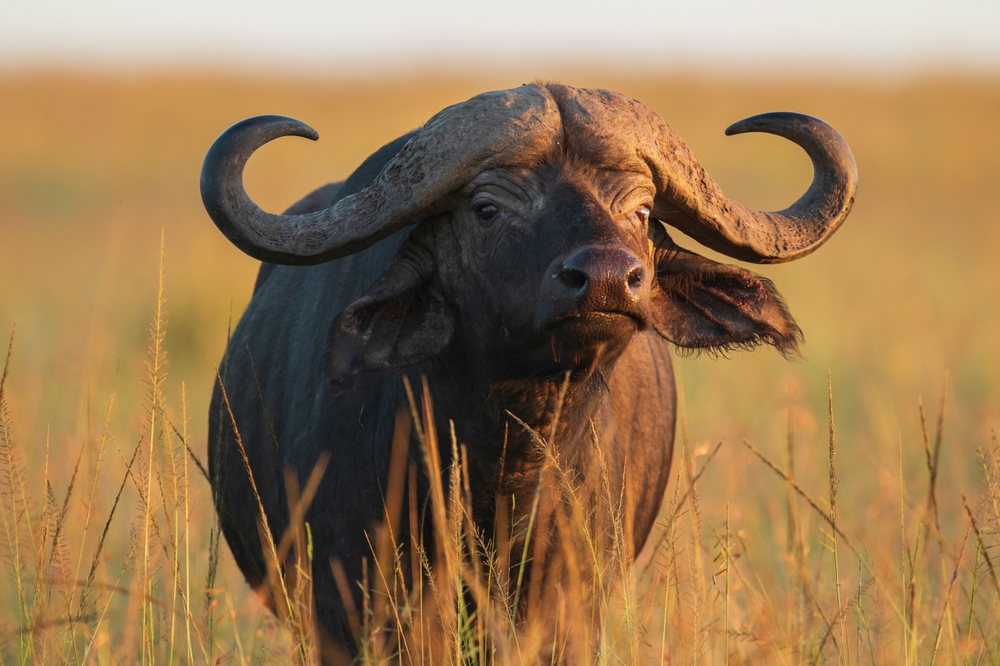
The Cape buffalo, also known as the African buffalo, roams the savannas of sub-Saharan Africa and is renowned for its unpredictable temperament and formidable presence. With its massive horns and sturdy frame, this herbivore is not to be underestimated. When threatened, Cape buffaloes can charge at astonishing speeds, and their collective behavior makes them one of Africa’s most dangerous animals. Despite their aggressive nature, they play a crucial role in maintaining the ecological balance of their habitat.
Cape buffaloes are social animals, often forming large herds that provide protection against predators like lions and crocodiles. Their grazing patterns contribute to the health of the savanna, facilitating nutrient cycling and promoting biodiversity. Conservation efforts aim to protect these iconic animals while ensuring the sustainability of their ecosystems. The Cape buffalo’s dual role as both a fearsome creature and a keystone species underscores the complexity of nature’s interdependent relationships.
9. Cassowary
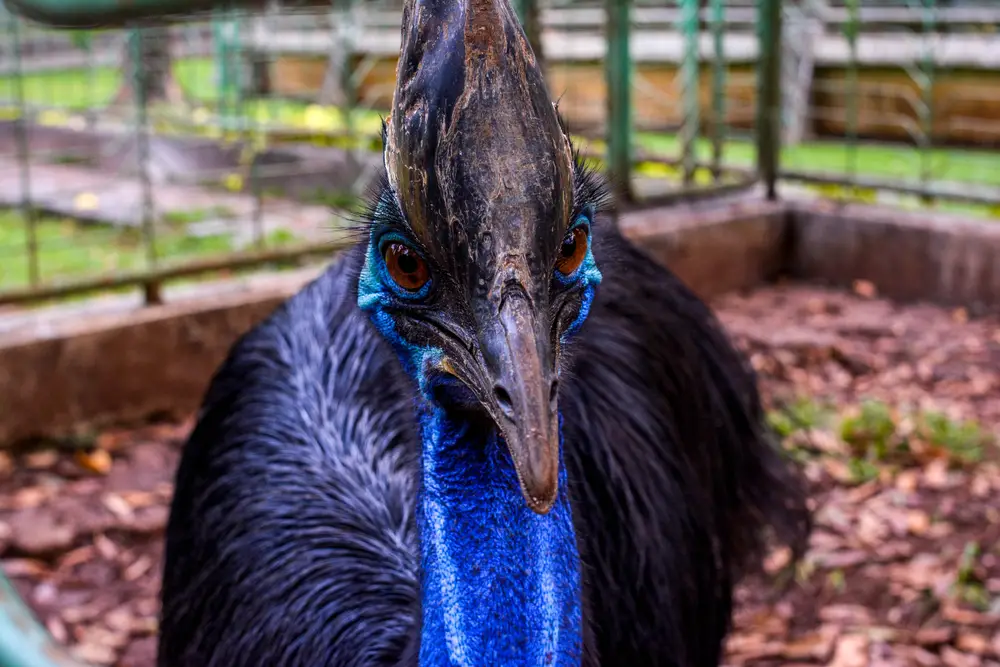
With its striking blue and black plumage and imposing size, the cassowary is a bird that commands attention and respect. Native to the tropical forests of Australia and New Guinea, this flightless bird is equipped with powerful legs and sharp claws capable of delivering lethal kicks. Considered the world’s most dangerous bird, the cassowary is known to be territorial and aggressive when provoked. Despite this, it plays a vital role in seed dispersion and forest regeneration.
Cassowaries are essential for dispersing the seeds of many plant species, aiding in the growth and diversity of their rainforest habitats. Their presence in the ecosystem illustrates the balance between danger and ecological significance. Conservation efforts focus on preserving their habitats and ensuring their continued contribution to biodiversity. The cassowary serves as a vivid reminder of the interconnectedness between beauty, danger, and the sustainment of life in the natural world.
10. Lionfish
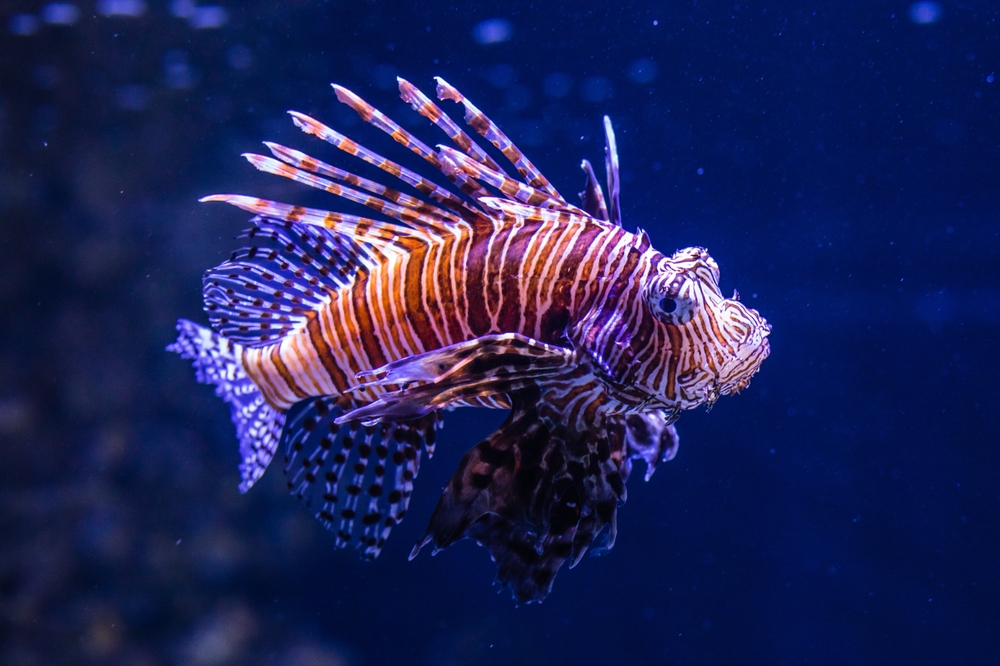
Resplendent in its zebra-like stripes and elegant fins, the lionfish is an invasive species with a voracious appetite and venomous spines. Originally from the Indo-Pacific, it has spread to the Atlantic, wreaking havoc on local marine ecosystems. Its venom, though rarely fatal to humans, can cause extreme pain and discomfort. The lionfish’s impact on native fish populations has prompted efforts to control its spread through targeted fishing and culinary initiatives.
Lionfish exemplify the challenges of invasive species management and the delicate balance of marine ecosystems. Their stunning appearance belies the ecological threat they pose, urging us to consider the consequences of human actions on biodiversity. Control measures include promoting lionfish as a sustainable seafood option, encouraging their consumption to mitigate their impact. The lionfish stands as a striking example of how beauty and menace intertwine in the ever-evolving narrative of nature.
11. Komodo Dragon
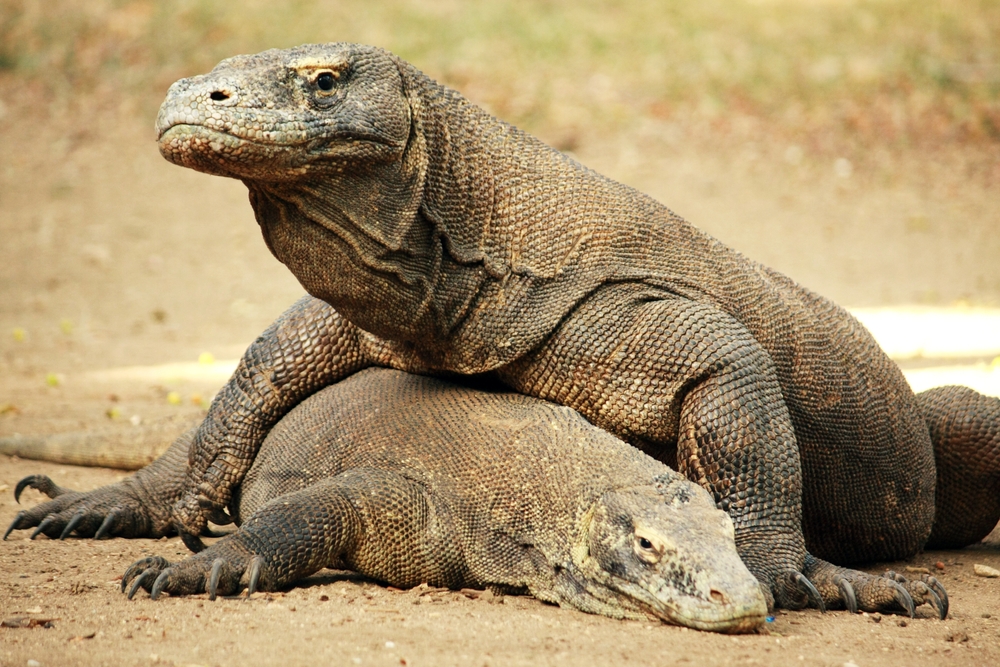
As the largest living species of lizard, the Komodo dragon commands both awe and apprehension. Inhabiting the islands of Indonesia, these formidable reptiles possess a lethal combination of strong jaws and venomous saliva. Their hunting strategy involves ambushing prey and delivering a bite that introduces toxic bacteria, leading to septic shock and death. Despite their fearsome physiology, Komodo dragons are a critical part of their ecosystem, controlling prey populations and maintaining ecological balance.
Recent research has revealed that Komodo dragon venom contains anticoagulant properties, which add to their effectiveness as predators. Their unique biology and behavior continue to intrigue scientists, offering insights into the evolutionary adaptations of reptiles. Conservation efforts are underway to protect their natural habitats, ensuring the survival of this ancient species. The Komodo dragon embodies the dual nature of nature’s designs, where majesty and menace coexist in harmony.
12. Africanized Honey Bees
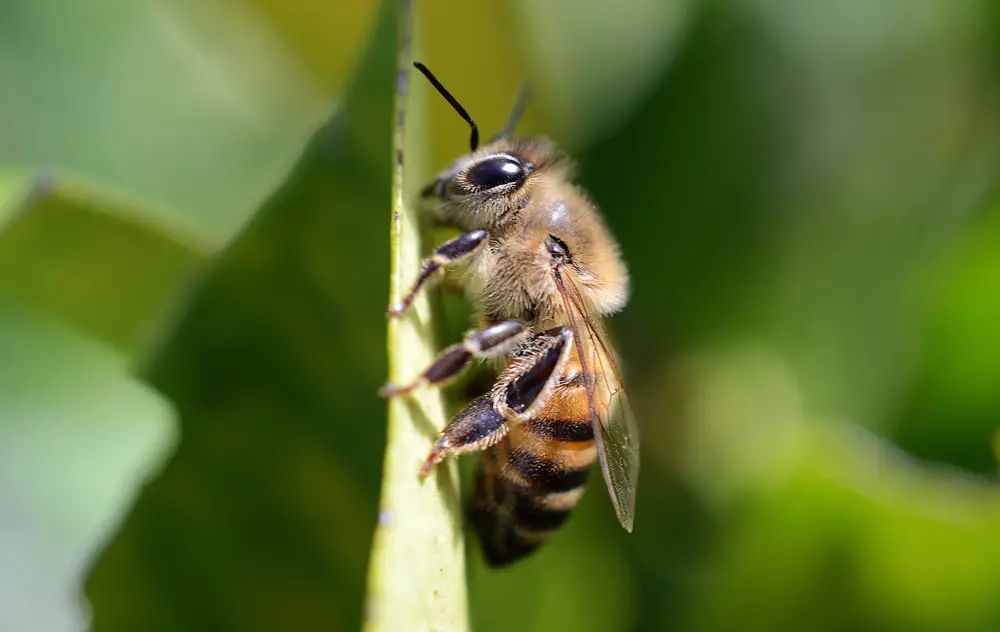
Often referred to as “killer bees,” Africanized honey bees are a hybrid species resulting from the crossbreeding of African and European honey bees. Known for their aggressive behavior and tendency to swarm, these bees pose a significant threat to humans and animals when provoked. Their swarming attacks can involve thousands of bees, delivering numerous stings that can be fatal in large quantities. Despite their dangerous reputation, Africanized honey bees are efficient pollinators, contributing to the health of ecosystems and agriculture.
Africanized honey bees are a testament to the unintended consequences of human intervention in nature. Initially introduced to improve honey production, they have since spread across the Americas, challenging scientists and beekeepers alike. Managing their populations involves understanding their behavior and implementing safety measures to minimize human-bee conflicts. The story of the Africanized honey bee is a cautionary tale of the fine line between ecological benefit and threat.
13. Leopard Seal

In the icy waters of Antarctica, the leopard seal reigns as an apex predator with a sleek, spotted coat that belies its ferocity. Known for its powerful jaws and agility in the water, it preys on a variety of marine life, including penguins. Leopard seals are solitary creatures, often observed patrolling the edges of ice floes in search of their next meal. While attacks on humans are rare, their curious and sometimes aggressive nature warrants caution for those exploring their territory.
Leopard seals play a vital role in maintaining the balance of the Antarctic ecosystem by controlling prey populations. Their adaptability and hunting prowess make them formidable inhabitants of the polar regions. As climate change impacts their icy habitat, understanding the ecology and behavior of these seals becomes increasingly important for conservation efforts. The leopard seal exemplifies the beauty and brutality of life in Earth’s most extreme environments.
